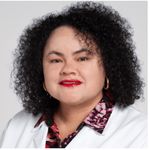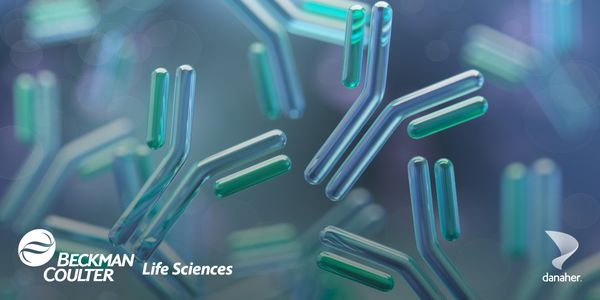Keynote: Using New Technology to Control Healthcare Associated Disease
-
Lance R. Peterson, MD, FASCP, FIDSA, FAAM, FSHEA
Epidemiologist, North Shore University Health System, Clinical Professor, Pritzker School of Medicine, University of ChicagoBIOGRAPHY
Control of infection from methicillin resistant Staphylococcus aureus (MRSA) has been a healthcare focus for more than 50 years. One of the reasons that active surveillance testing (AST) for MRSA is expected to be effective is that the greatest risk factor for developing clinical disease is to first become colonized in the nares with MRSA. Critically, persons who are either colonized or infected with MRSA are equally likely to have their skin and surrounding environment contaminated with this organism. Therefore, strategies to limit transmission that consider both colonized and infected persons are most likely to be successful at reducing disease. For healthcare organizations that do not have MRSA well controlled, the recent SHEA compendium recommends AST as one method to identify carriers and reduce spread to new patients. NorthShore University HealthSystem began an AST program for MRSA control on August 1, 2005 and realized a 70% reduction in clinical MRSA disease. Careful monitoring of patient benefit and cost reduction associated with lowered healthcare associated infection justifies the program to hospital administration. In 10 years the MRSA control program led to a net healthcare benefit of $20 million in reduced cost, with more than 1,000 infections avoided and 180 prevented deaths. Another key healthcare associated disease, particularly in Europe and the United States, is Clostridium difficile infection (CDI). In 2001 there were 5 CDI cases for every 1,000 discharges from US hospitals and it is estimated that by 2013 the rate had nearly tripled. New nucleic acid amplification tests (NAATs) have doubled the sensitivity of past enzyme immunoassays (EIAs) and are now recommended as the superior diagnostic approach by the American Society for Gastroenterology. Argument remains over whether to just use the NAAT approach as a single assay method or implement a diagnostic algorithm including some form of initial EIA screening.
Keynote: Using New Technology to Control Healthcare Associated Disease
Please update your information
Certificate of Participation
DOWNLOAD CERTIFICATE






